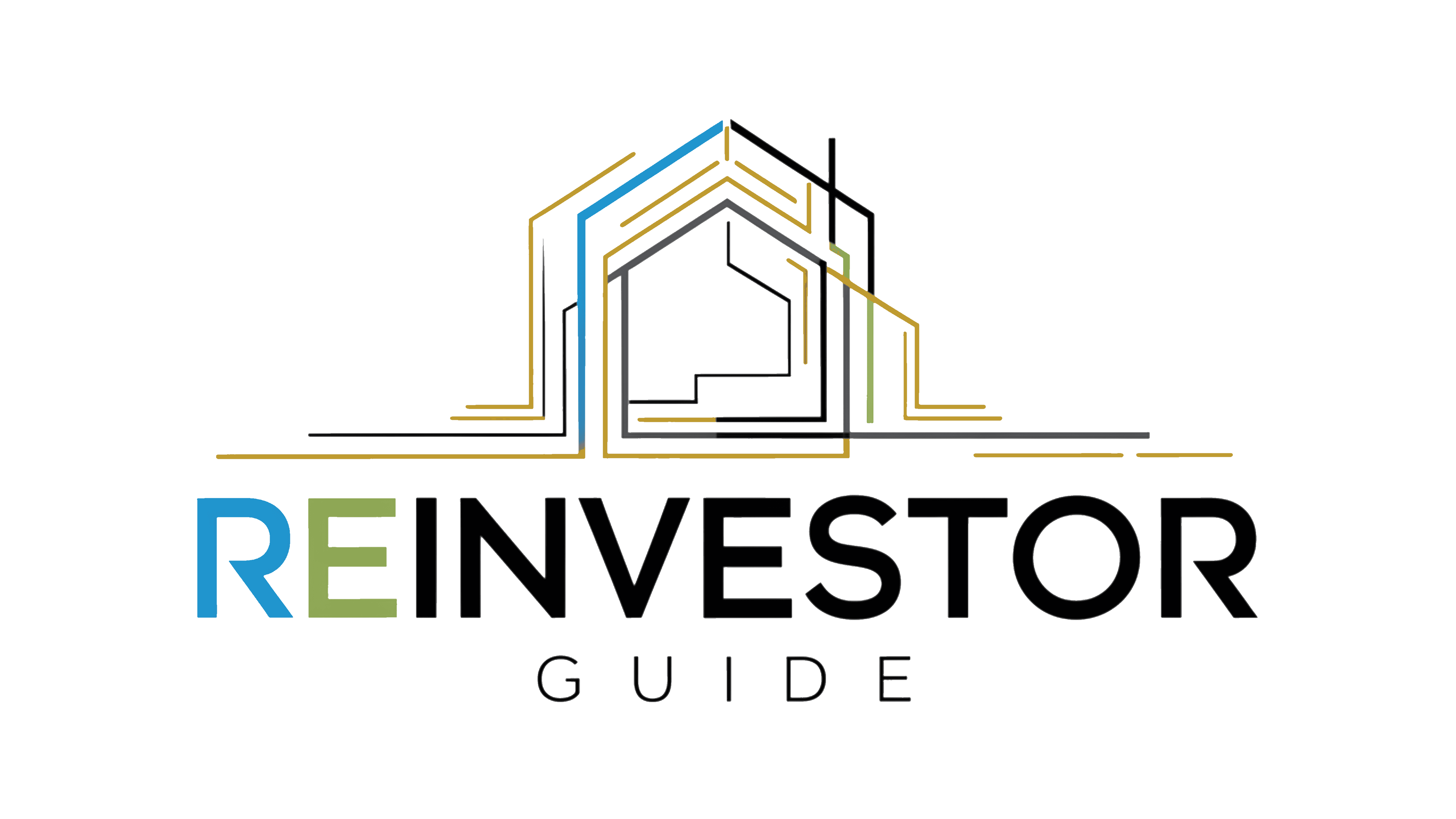Urban living is bearing the brunt of soaring housing costs, but the revolution of co-living spaces is starting to ease this burden.
Seen as an innovative housing solution, co-living provides affordability, flexibility, and a sense of community.
Platforms like PadSplit are spearheading this transformation, changing the landscape of property management and real estate investment in densely populated urban areas.
What is Co-Living?
Co-living is a contemporary housing form that allows residents to share common living spaces while maintaining private bedrooms.
It’s a model that is fast gaining popularity, especially among millennials and young professionals. These people are searching for affordable living situations without being tied down to long-term leases.
With the built-in communal environment, co-living spaces foster a sense of community and connectivity among residents— a feature highly revered in our present-day fast-paced society.
Benefits of Co-Living
- Affordability: With shared living spaces, co-living residences offer a more cost-effective solution than traditional housing options.
- Flexibility: Residents are often not locked into long-term leases, offering more freedom and mobility.
- Community: Shared spaces encourage interaction and camaraderie among residents, creating a sense of belonging.
Introducing PadSplit: Revolutionizing the Co-Living Search
In a noteworthy stride towards revolutionizing urban housing, PadSplit, a digital platform, simplifies the search process and management of co-living spaces.
Property owners can now provide flexible, affordable housing with ease. As PadSplit focuses on key urban zones, affordable housing does not mean compromising on quality or safety.
The Millennial Appeal: Why Young Professionals Choose Co-Living Spaces
Millennials, the generation driving the urban workforce, face a double-edged sword: rising housing costs and a desire for a vibrant, connected lifestyle.
Co-living spaces are emerging as a solution that elegantly addresses both these needs.
- Financial Viability: By sharing living spaces, co-living offers significant cost savings compared to traditional apartments. This financial flexibility allows young professionals to prioritize experiences and community over square footage.
- Community & Connection: These shared spaces go beyond mere rent reduction. Co-living fosters a sense of belonging through common areas, social events, and living alongside like-minded individuals. This combats the isolation often experienced in big cities, creating a network for socializing, collaboration, and personal growth.
- Convenience & Sustainability: Many co-living spaces come fully furnished and handle utilities, offering a move-in-ready solution. Shared resources like laundry facilities and potentially even workspaces minimize environmental impact, aligning with millennials’ values of sustainability.
In essence, co-living isn’t just a new housing option, it’s a reimagining of urban living for a generation that prioritizes affordability, connection, and a lighter footprint on the environment.
PadSplit: The Game-Changer in Co-Living Rental Property Management
PadSplit has recently swept the scene, disrupting how urban housing works. This platform has brought in a digital wave, enhancing the process of locating and administering co-living spaces.
The platform empowers property owners by providing a hassle-free mandate to offer their prospects budget-conscious, flexible housing options without compromising security and quality.
Characteristic of main urban areas, the appeal of PadSplit’s approach finds basis in its response to the urgent need for pocket-friendly housing. This contemporary model is an optimal solution for modern-day urban dwellers who yearn for affordability and flexibility in their lifestyle choices.
How Technology is Transforming Real Estate
Adoption of innovative models such as this not only enhances the tenant experience but also reduces the burden of conventional property management responsibilities from the owners.
By leveraging integrated AI-powered technology and smart home innovations, PadSplit is further improving the resident experience, giving them control and convenience at their fingertips.
Property Management with PadSplit comes with various features, including:
- Furnished accommodation
- A vibrant sense of community
- Hotel-like amenities
- Dedicated on-site management
- Enforced security measures
- Provisions for regular cleaning services
- Short-term, flexible leases
Benefits of PadSplit for Investors
Furthermore, embracing the co-living trend with PadSplit sets real estate investors up for long-term success.
The platform’s efficient management keeps vacancy periods to a minimum and ensures higher occupancy rates.
As for property owners, they enjoy reduced operational costs and an administration process that’s been streamlined for ease and efficiency.
Transitioning to co-living spaces might be challenging and come bundled with unique trials, with a platform like PadSplit at their aid, investors are provided with both guidance and backing to traverse these complexities.
PadSplit helps ensure compliance, promotes operational efficiency and steadily helps steer the property management sector toward a brighter and more profitable future.
Maximizing Profits: How Co-Living Spaces Can Boost Your Rental Yields
So, how exactly do co-living spaces maximize profits for property owners and real estate investors?
A big part of the answer lies in the innovative business model presented by co-living spaces.
Increased Potential for Revenue
The concept of shared living naturally allows for housing multiple tenants in one property, which in turn increases the potential revenue per square foot. This is a direct contrast to traditional rental models where properties are occupied by single tenants or families.
Flexible leasing options
Additionally, high occupancy rates and reduced vacancy periods are inherent in the co-living model. By offering flexible leases, property owners can accommodate more renters over some time, reducing the risk of loss linked to vacant properties.
Short-term leases also attract a variety of tenants including traveling professionals, contract workers, and students, ensuring a consistent demand for living spaces.
Improved management operations
Embracing technological innovation, platforms like PadSplit serve to streamline the operation of co-living spaces. These technologies deliver efficiencies in property management, aiding in tasks like tenant screening, rent collection, and maintenance scheduling. This means reduced operational costs and an overall boost to the bottom line.
How Investors Can Help Their Chances of Success
Keep in mind, however, the design of the property also plays a crucial role. It’s not just about squeezing many people into a limited space, but rather about creating aesthetically pleasing and well-equipped co-living spaces that residents can enjoy.
This often includes amenities like laundry facilities, fitness centers, and coworking spaces, which not only attract tenants but also command higher rental prices.
In essence, co-living spaces present a unique opportunity to tap into an evolving market; they allow you to capitalize on a trend while offering a much-needed solution to city dwellers searching for affordable and flexible housing.
As a property owner or investor, embracing co-living spaces does not only mean the potential for higher financial yields, but you will also contribute to fostering a sense of community and transforming urban living.
The Ripple Effect: How Co-Living Spaces Influence Urban Development
Co-living goes beyond solving urban housing issues. It fosters higher-density living, revitalizes underused areas, and promotes community through shared spaces and events.
This sustainable approach to living encourages face-to-face interaction and minimizes waste, shaping the future of city development.
Co-living spaces are transforming urban development in several ways:
- Higher-density living: By maximizing space with shared living areas, co-living allows for more people to live comfortably in cities, meeting housing demands.
- Neighborhood revitalization: Underutilized areas can be repurposed for co-living, injecting vibrancy and economic activity into neglected parts of the city.
- Stronger communities: Shared spaces and events foster a sense of connection among residents, combating isolation and promoting face-to-face interaction in an increasingly digital world.
- Sustainable living: Co-living minimizes resource waste through shared amenities and infrastructure, aligning with growing trends towards eco-friendly urban development.
Future Trends: Predicting the Role of Co-Living Spaces in Urban Housing
Co-living’s future goes beyond affordability and flexibility. The future of co-living is about connection: fostering a more communal, adaptable, and interconnected way of living in cities.
Co-living’s future expands beyond affordability and flexibility, offering a range of innovative features:
- Tech-enhanced living: Imagine co-living spaces with VR/AR integration, transforming how you interact with your surroundings.
- Senior co-living: Co-living communities designed for seniors can promote social interaction and redefine “aging in place.”
- Sustainable design: Sustainable design principles and resource sharing (carpooling, communal meals) will create eco-friendly living options.
- Remote work hubs: Co-living spaces will cater to the rise of remote work, becoming hubs for digital nomads and entrepreneurs.
- Community focus: Co-living fosters a strong sense of community, creating a more communal, adaptable, and interconnected way of living in cities.
Case Study: Successful Co-Living Spaces Managed by PadSplit
PadSplit exemplifies how co-living can thrive in urban environments. They address key tenant concerns – privacy through private bedrooms, clear house rules, and a thorough resident screening process – fostering a harmonious and secure living environment.
On-site management and robust security measures further boost resident confidence, leading to impressive occupancy rates above 90%.
PadSplit’s impact extends beyond individual tenants.
In Atlanta, for example, their co-living model breathed new life into underutilized properties, significantly increasing their value for property owners. This revitalization effect highlights co-living’s potential to address urban housing shortages and drive neighborhood renewal.
PadSplit’s success offers a valuable blueprint for the future of co-living. Their model demonstrates a profitable path for property owners while creating a safe, secure, and community-oriented living experience for urban residents.
It’s a win-win for both parties, solidifying co-living as a viable solution for the evolving needs of modern cities.
Conclusion
In conclusion, the emergence of co-living spaces like those facilitated by PadSplit represents a seismic shift in the urban housing landscape. They combine shared spaces, community, and sustainability, creating a new way to experience city life.
This trend offers real estate investors a profitable opportunity, while technology can further enhance co-living to meet future needs.
As co-living transforms cities, exciting possibilities await both residents and investors.



